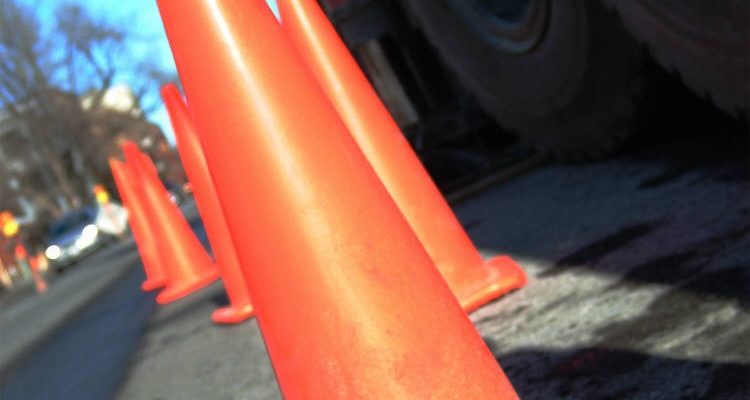By Andrew Coen
Published April 13 2018, 11:08am EDT
New Jersey lawmakers are pushing again for an increase in the use of public-private partnerships to jump-start infrastructure improvements in the cash-strapped state.
Two and a half years after former Gov. Chris Christie conditionally vetoed an expansion of New Jersey’s P3 program, a state senate committee advanced legislation on April 5 that if enacted would permit localities to enter into P3 agreements for building and highway infrastructure projects. The measure would make local governments, school districts, public authorities and state colleges eligible to enter into P3s where the private entity would assume full or partial financial and administrative responsibility for capital projects.
“The whole purpose is to provide another tool for flexibility in financing,” said State Sen. Steven Oroho, R-Franklin., who co-sponsored the bipartisan bill with Senate President Steve Sweeney, D-Gloucester. “Any capital asset that has a revenue stream associated with it could benefit.”
Michael Likosky, who heads the infrastructure practice at 32 Advisors, said incorporating more P3s in New Jersey would help the state realize savings from competitive bidding and incorporate better technologies with expertise of the private sector. He said this strategy has had success in neighboring Pennsylvania with bridge projects and provides potential to rethink financing strategies at New Jersey’s public universities, highways and New Jersey Transit.
“New Jersey has to focus again on economic development and growth, which has gone through a hiatus,” said Likosky, who has more nearly two decades of experience providing advice on P3s and infrastructure investment. “New Jersey has difficult choices to make if it wants to grow its infrastructure and economy.”
Likosky said since the bill includes a provision allowing availability payments for financing, there is a wide array of capital projects that could benefit from P3s, even if they don’t include dedicated revenue streams. He said not having P3 legislation on the books since late 2015 has limited the state’s options to address aging infrastructure.

